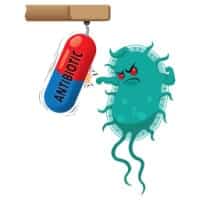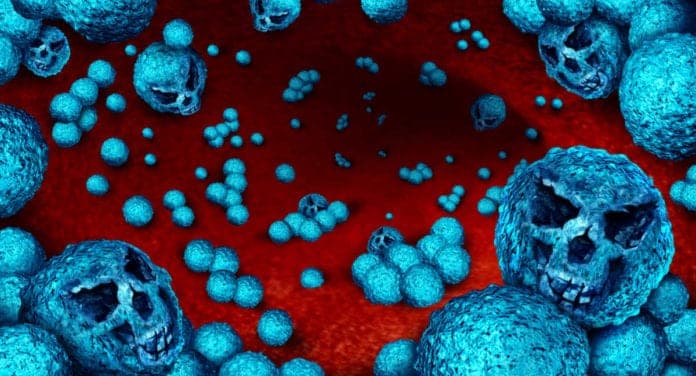New Antibiotic-Resistant Jumping Superbug Gene Discovered
While sifting through the bacterial genome of salmonella Mcr-9 a new stealthy, jumping gene has been found by Cornell University food scientists which are so diabolical and robust that it resists all the world’s few last-resort antibiotics.
When all other choices that are infection-fighting are exhausted doctors deploy the antibiotic – colistin. But resistance to colistin has emerged around the globe, threatening its efficacy.
Food security professor and senior author Martin Wiedmann in the study published in the 
mcr-9 was found in the genome of a strain of foodborne pathogen salmonella by Co-lead author Laura Carroll, a computational biologist and Cornell doctoral candidate.
mcr-9 is the latest in this new set of “mobilized colistin-resistance” genes initially discovered in 2015. The National Center for Biotechnology Information, part of the National Institutes of Health, has added details concerning this new gene to its database. Professionals
and others are now able to use this information to identify mcr-9 in bacteria isolated from people and food products.Details about Mcr-9 in worldwide and national databases allow scientists to develop better prevention and treatment, clarified Wiedmann. “This enhances our ability to get an early warning,” he said.
Bacteria isolated from food items can now be tested for mcr-9, and also individuals may be screened for bacteria, which possess mcr-9.
“Should you go to a hospital and this particular gene is floating about, that may be trouble. The gene is moveable. It jumps,” Wiedmann said. “In a hospital setting, being able to screen a patient for immunity allows nurses and physicians to isolate the individual and maintain biosecurity.






























